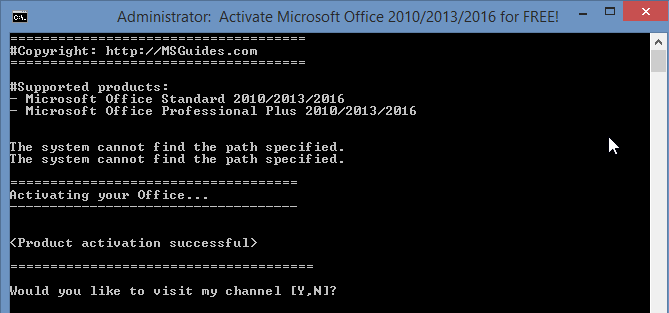
This method will allow to quickly grant temporary (till the next restart) remote connection rights to a user via PowerShell. Security Descriptor of PowerShell SessionĪnother way to quickly give a user permission to use PowerShell Remoting without including him to the local security group Remote Management Users is to modify the security descriptor of the current Microsoft.PowerShell session on the local computer. Make sure if the remote connection is established.

User privileges in this session will be limited to user rights on this machine. Add to the policy users or groups that need to be granted access to WinRM.Īfter a user becomes a member of the Remote Management Users group, he can create a remote PowerShell session using Enter-PSSession or run commands using the Invoke-Command cmdlet.
Using neoload without local admin privileges 2016 windows#
To do this, assign the GPO to the computers you need, and add the new Remote Management Users group to the Computer Configuration -> Windows Settings -> Security Settings -> Restricted Groups policy. Step 2: Once you double-click on a certificate, the Certificate installation wizard will open. Find the details in the below screenshot. If the program doesnt evoke the administrator, or the administrator group then it will not need to be installed by an admin.

It will open the logs folder and then click on the Neoload version from the top menu and open the ‘Conf’ folder which is included in the certificate. There are many different examples of this in Windows OS. If you need to provide such permissions on multiple computers, you can use Group Policy. Step 1: Open Neoload and go to Help -> Open Logs Folder.

Net localgroup "Remote Management Users" /add jsmith


 0 kommentar(er)
0 kommentar(er)
